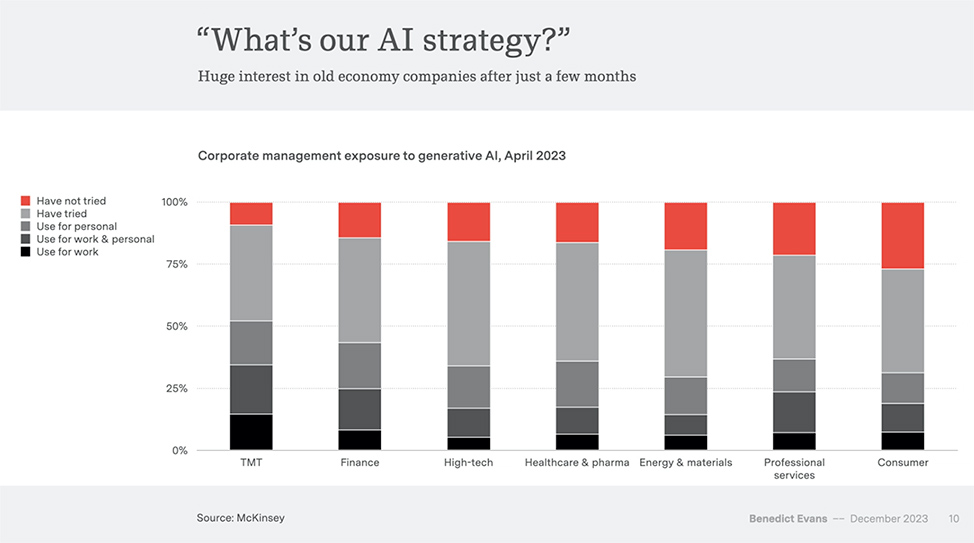From DSC:
I can’t agree more with Stephen and Simon here:
I’ll never stop blogging: it’s an itch I have to scratch – and I don’t care if it’s an outdated format
Simon Reynolds, The Guardian, Dec 26, 2023
I have various blogs for different types of writing, some popular, some deliciously obscure. And there’s no such thing as an outdated format. I write about what I like to write about.
Excerpt of the article by Simon Reynolds:
Even if nobody reads them, I’ll always be drawn to the freedom blogs offer. I can ramble about any subject I choose.
…
I miss the inter-blog chatter of the 2000s, but in truth, connectivity was only ever part of the appeal. I’d do this even if no one read it. Blogging, for me, is the perfect format. No restrictions when it comes to length or brevity: a post can be a considered and meticulously composed 3,000-word essay, or a spurted splat of speculation or whimsy. No rules about structure or consistency of tone.
Two other items from Stephen that caught my eye recently. The first item below is a great little AI tool that lets you input the URL of a video and receive a nice summary of the video.
Summarize.Tech
Summarize, LLC, Dec 23, 2023
Commentary by Stephen Downes
Newspocalypse now
Mike Orren, Nieman Lab, Dec 19, 2023
Commentary by Stephen Downes
.
This is significant because trends in education have pretty reliably followed trends in media by about ten years. Closed access classes and tuition revenue may feel pretty secure right now, but in a decade the bottom will be falling out of the market and higher education will be in the same shambles the news industry is today. “We will learn that the less something looks like what we have now, the better chance it has of being the thing on the other side of death.”

















